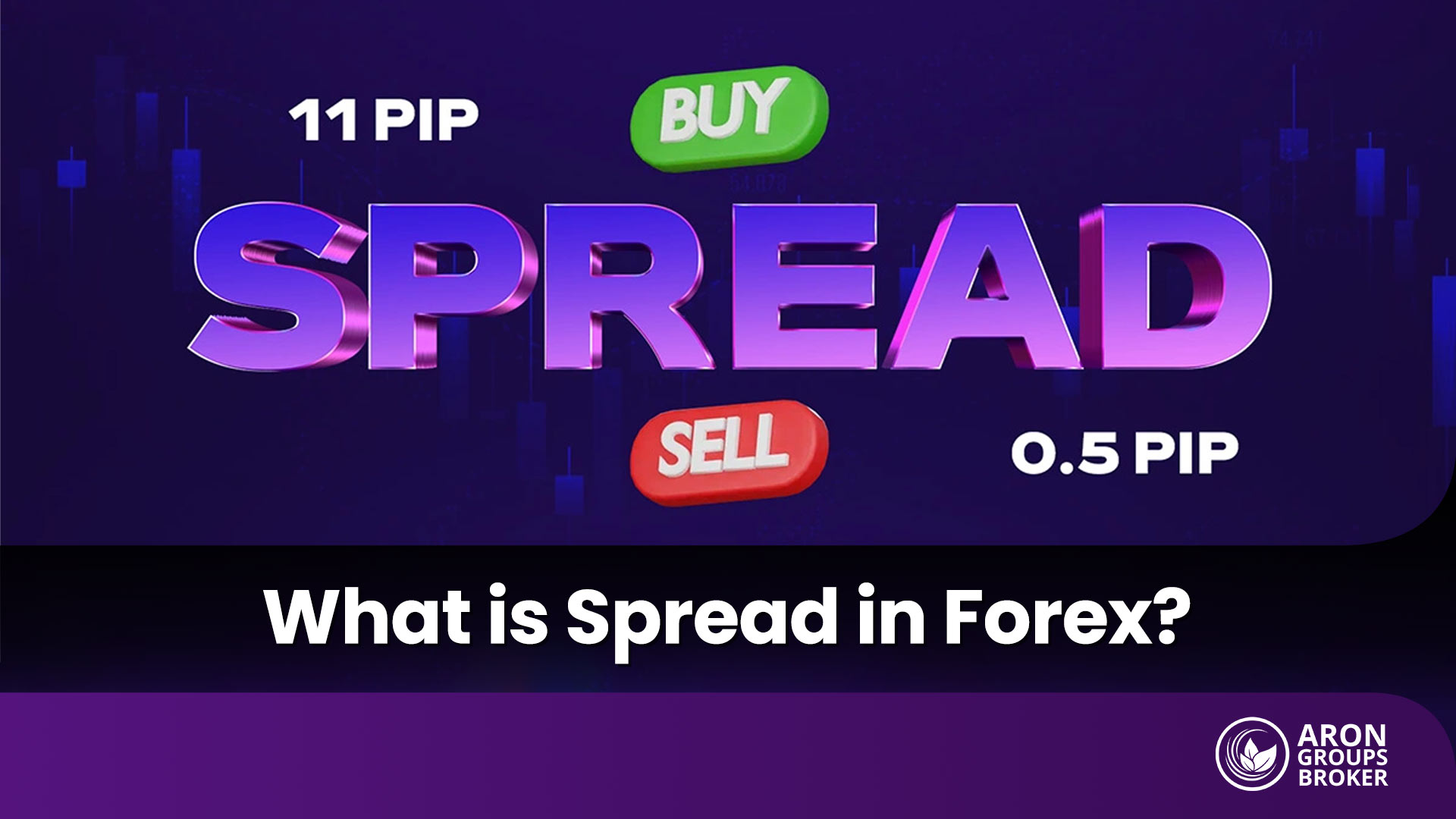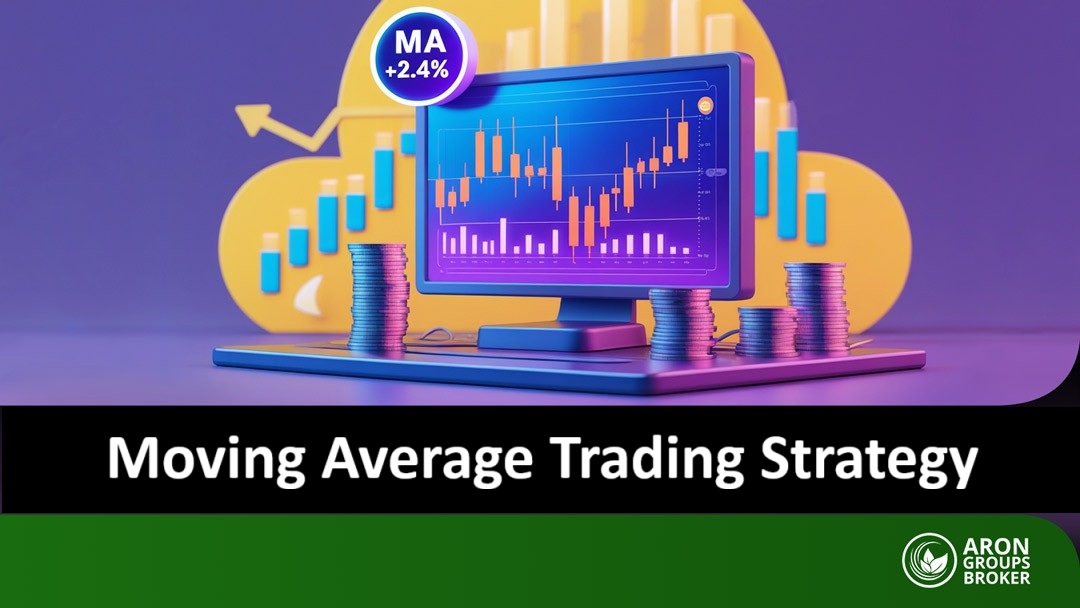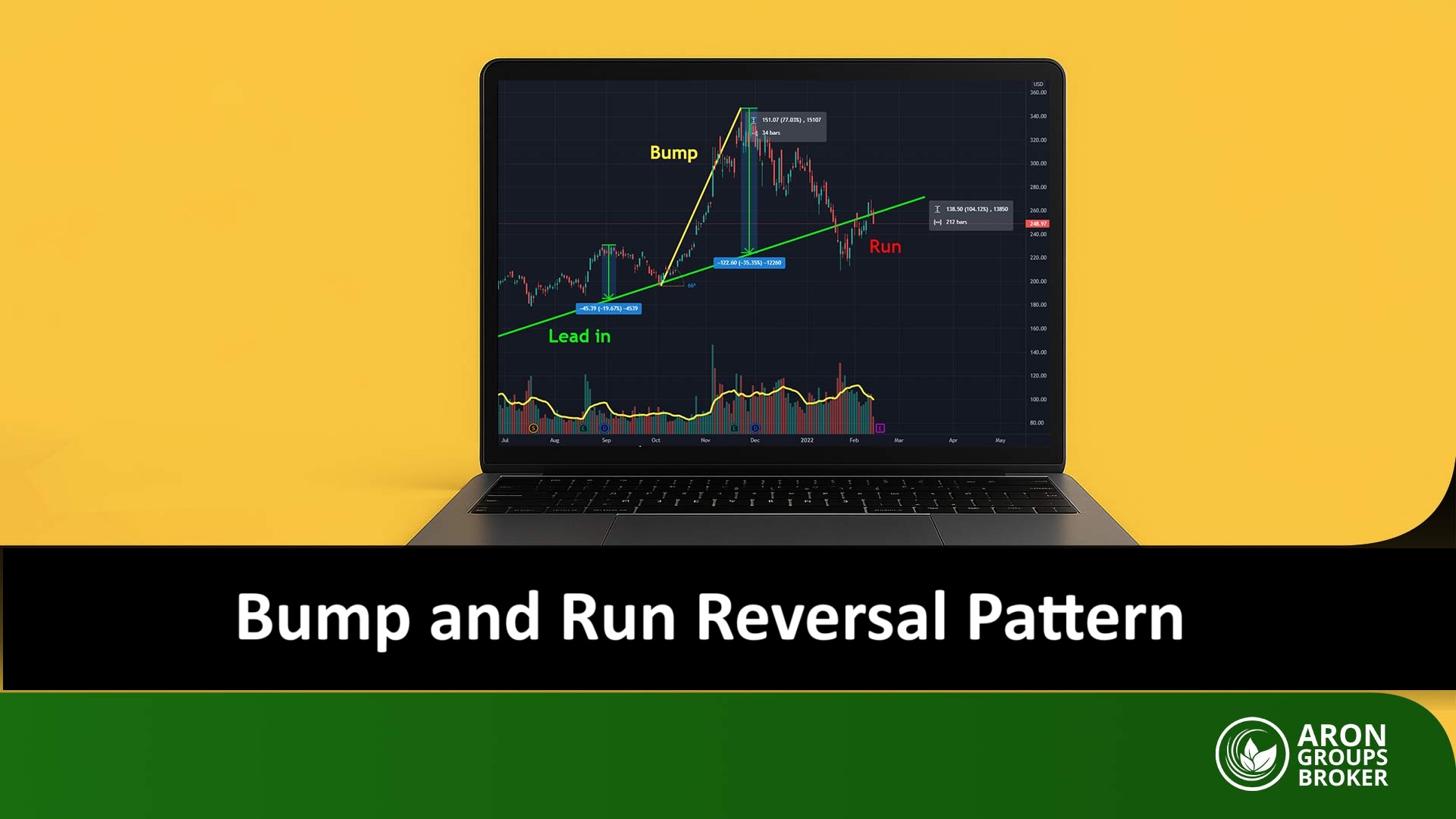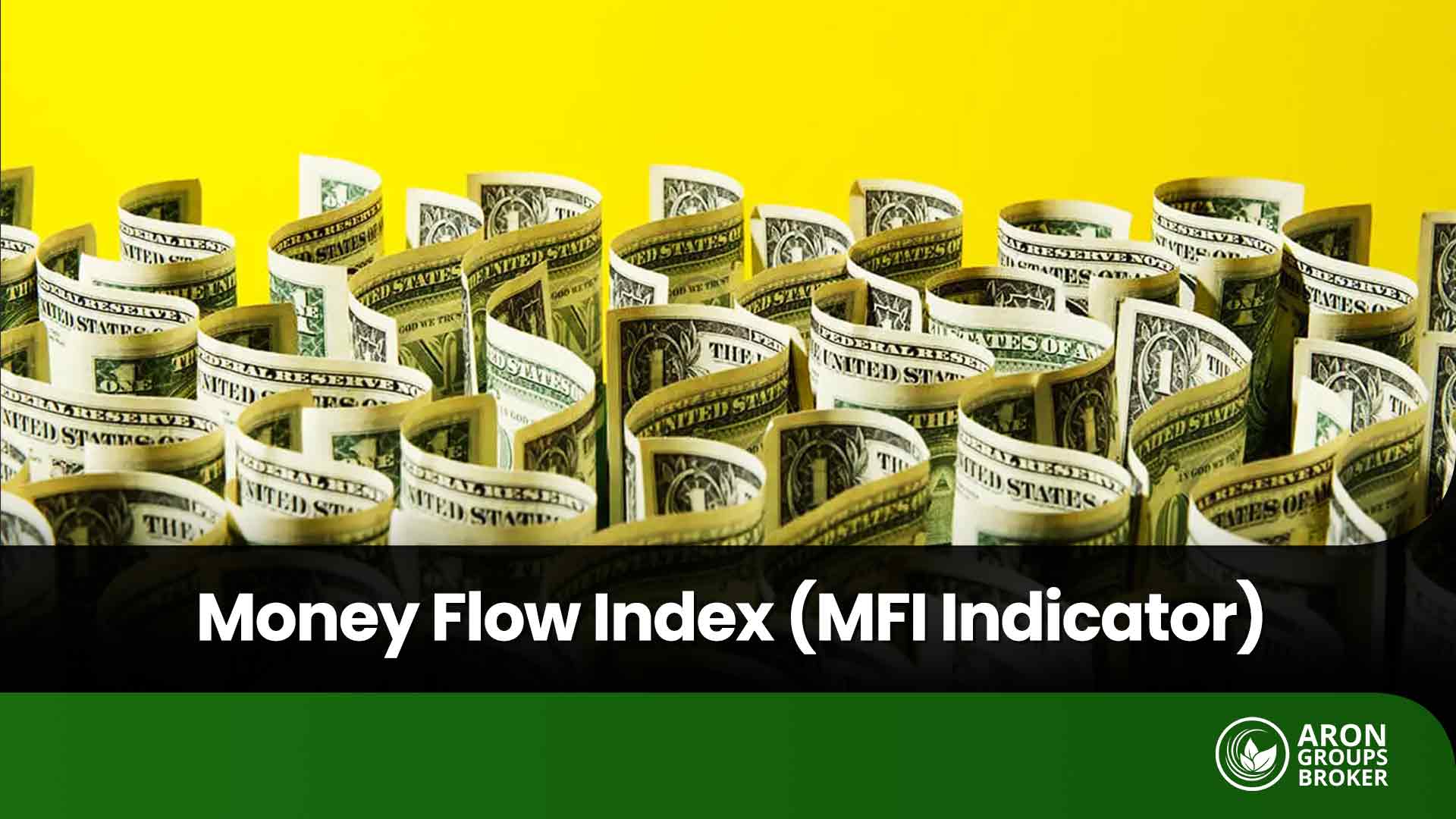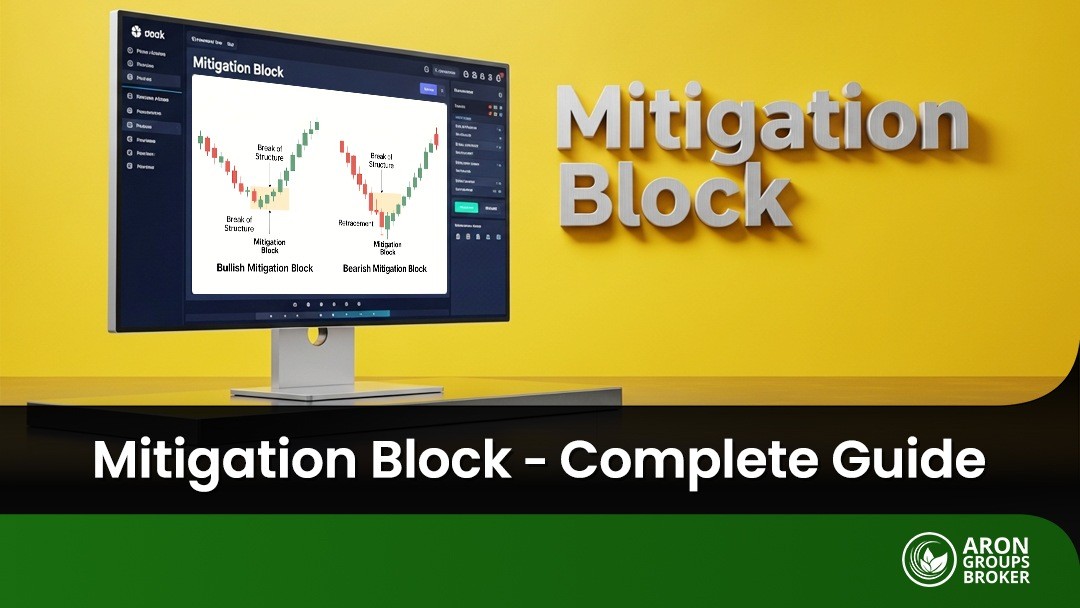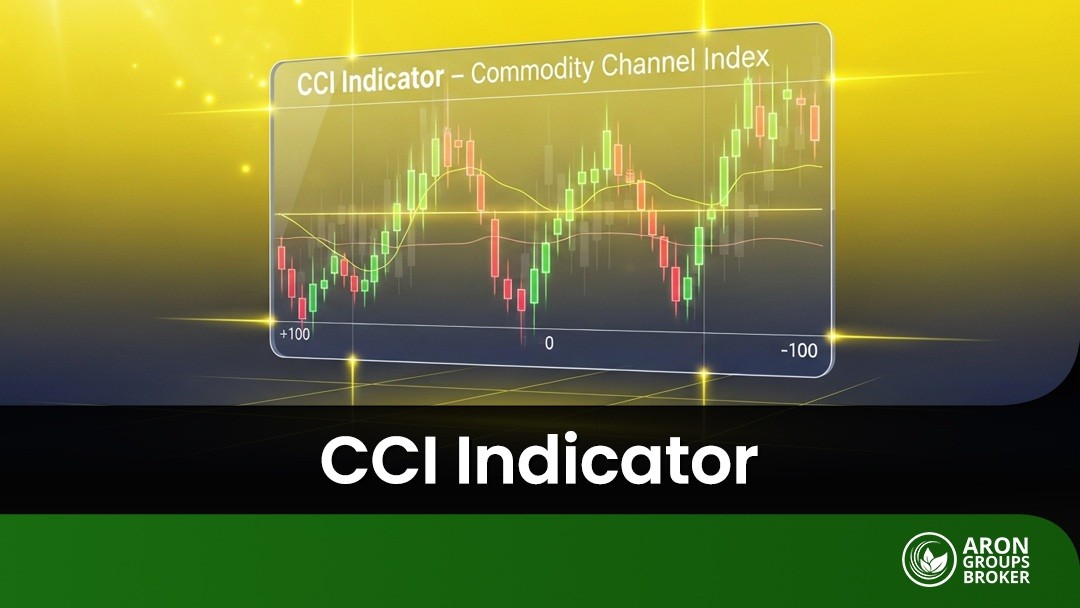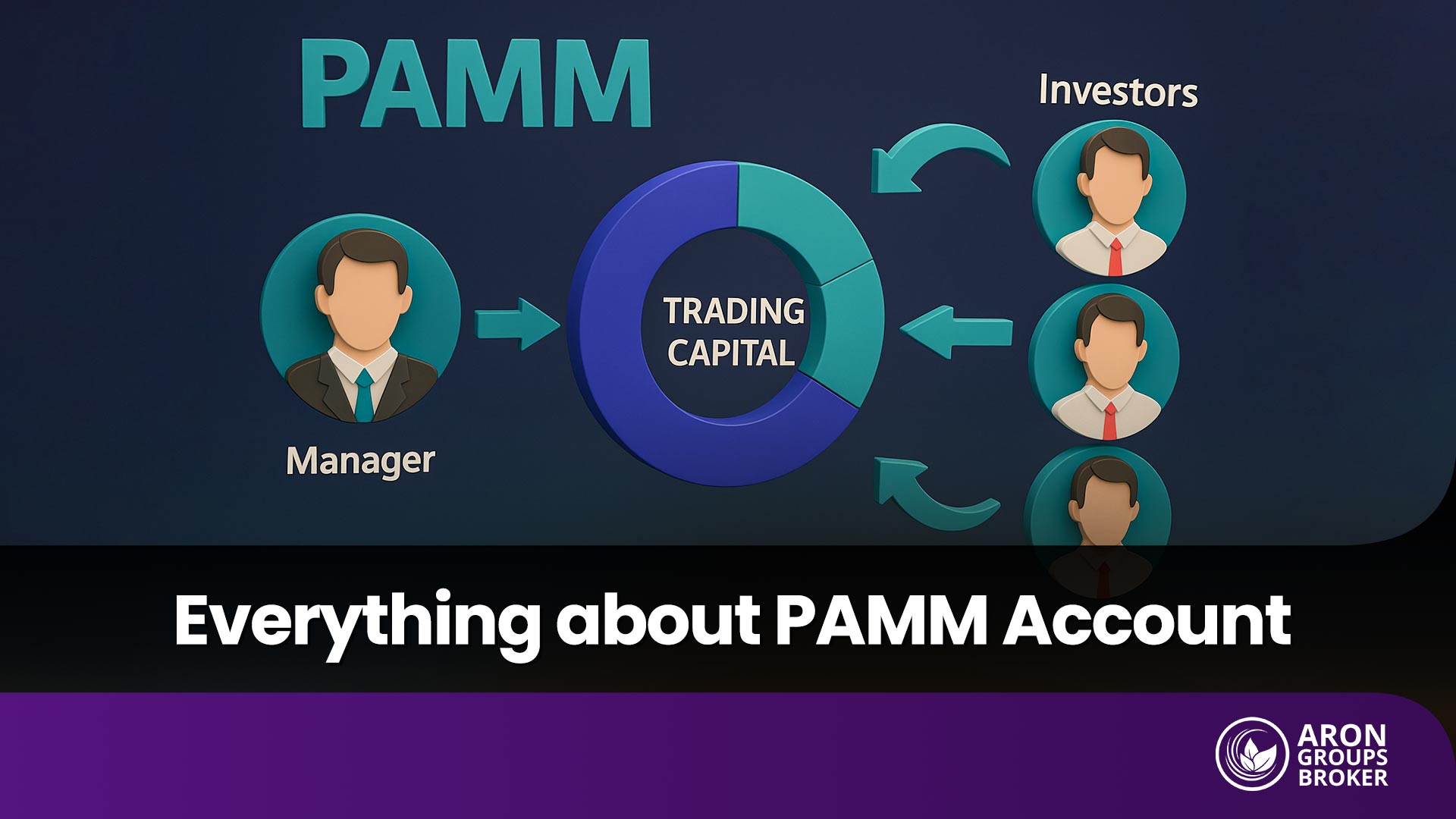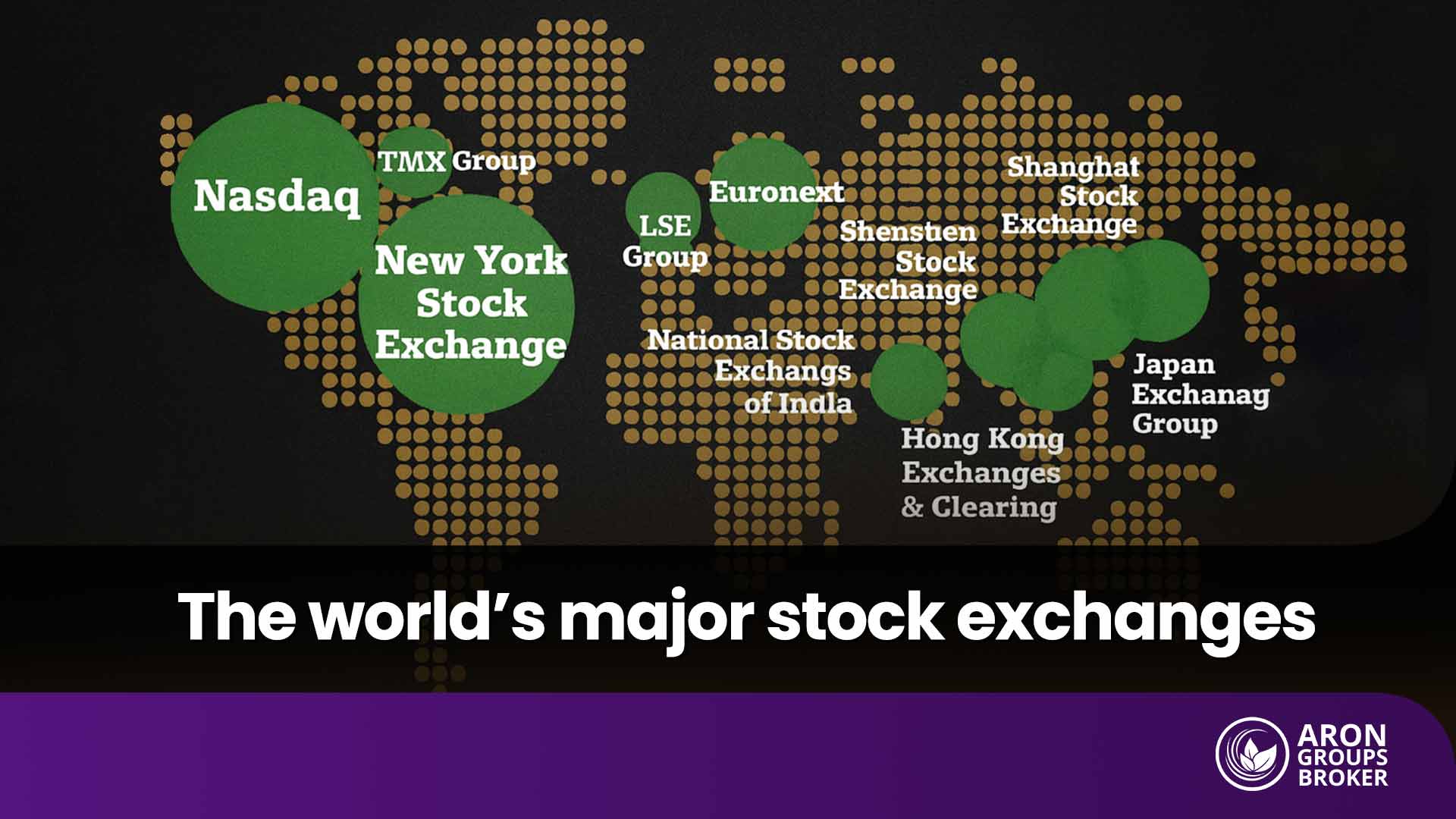Hidden costs in Forex trading can impact your profit and loss more than you might think. One of the most significant of these costs is the spread, a key concept every professional trader must thoroughly understand. The spread not only determines your cost of entry for a trade, but the type of spread and the broker’s conditions can also fundamentally alter your trading strategy.
In this article, we aim to go beyond a simple definition to examine the role of spread in trading, its various types, and its impact on your trading style, enabling you to trade in the Forex market with greater insight and more precise decision-making.

- If the spread exceeds 10% of the trading instrument's average volatility, short-term entries are likely to be inefficient.
- During major data releases, even reputable brokers will temporarily widen spreads significantly. Avoid trading during these times.
- The nominal spread is not always equal to the actual cost of the trade. To calculate the effective spread, you must also account for execution delays and slippage.
What is Spread and How is it Calculated?
In Babypips.com, the term Spread refers to the difference between the buy price (Ask) and the sell price (Bid) of an asset or currency pair. The spread represents the initial cost of entering a trade. To understand it simply, the spread is essentially the profit the broker collects the moment a trade is executed. Consequently, minimizing it is one of the primary concerns for professional traders.
In MetaTrader, the spread is displayed in points or pips and can be either fixed or variable, depending on the account type. This amount is immediately reflected as the trader’s initial negative balance. This means if a trader opens a long (buy) position, the price must first move in their favor by the amount of the spread just to reach the break-even point. This factor plays a decisive role in the selection of a broker, account type, and trading strategy.

Spread Calculation Formula
Based on Investopedia, we can calculate the spread with the following formula:
Spread = Ask Price – Bid Price
For example, if the Ask price for EUR/USD is 1.1050 and the Bid price is 1.1048, the spread is 2 pips. In accounts with tighter spreads, such as an ECN account, this difference might be as low as 0.1 pips.
Types of Spreads in Forex
Spreads in the Forex market are divided into two main types, each with its own characteristics, chosen to suit a trader’s trading style. The first is the fixed spread, typically offered in market-maker accounts, and the second is the floating spread, which is more common in accounts based on direct market access (like ECN).
Understanding the difference between these two spread types can help traders better manage their costs and make superior decisions during volatile or high-risk periods. Many forex brokers offer users the choice between these two account types, but making the right selection requires a precise understanding of one’s trading style and market behavior.
Let’s explore the types of spreads in Forex in more detail:
Fixed Spread
A fixed spread is a specific value that remains constant throughout all trading hours. This spread is set by the broker and is typically offered in accounts operating under the Market Maker model. The distinct feature of this spread is its stability during market volatility. Traders whose strategies are not dependent on high-impact news events often prefer fixed spreads because the likelihood of sudden spread spikes is very low. The downside, however, is that the spread is relatively high compared to floating spreads under normal market conditions.
While a fixed spread may be more costly than a floating spread when the market is calm, its stability becomes a key advantage during market turmoil. In general, fixed spreads are a suitable option for those seeking stability and predictability.
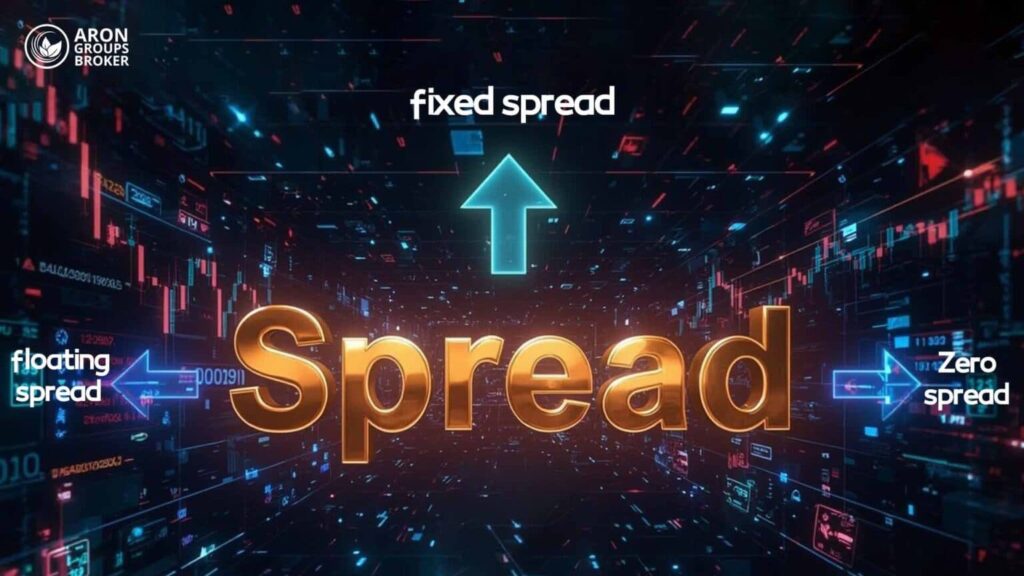

On platforms offering Level II (Depth of Market) access, a sudden spread widening, accompanied by a reduction in market depth on either the Bid or Ask side, can be a strong signal for an impending price reversal.
Floating Spread
A floating spread, also known as a variable spread, fluctuates in response to market supply and demand. This is the dominant spread type in accounts connected directly to the interbank market. Brokers using the ECN (Electronic Communication Network) or STP (Straight Through Processing) models receive pricing from liquidity providers, and the spread is determined by real-time market conditions.
During periods of high trading volume and deep liquidity, a floating spread can become extremely tight (even as low as zero pips). This is highly desirable for professional traders and scalpers. However, during sensitive times, such as economic news releases or sudden market shifts, the floating spread can widen dramatically, operating to the trader’s detriment. Traders active in fast-moving, volatile markets must be prepared for spread widening and should use tools like automated alerts and spread indicators for better trade management.
What is a Zero Spread?
Zero Spread is a term used by some brokers to attract professional and high-volume traders. In this type of account, there is ostensibly no spread between the bid and ask prices, or it averages less than 0.1 pips. In practice, however, the broker charges a fixed commission per trade to compensate for the lack of a spread.
Zero spread accounts are typically available on ECN platforms and are designed for high-volume traders. The crucial point with these accounts is that the total cost of trading must be calculated; sometimes, the combined commission and other fees can exceed the cost of a standard low-spread account.
This account type is ideal for trading bots (EAs), scalpers, and algorithmic traders who are sensitive to minor price discrepancies, but it requires a careful analysis of the fee structure to ensure it is truly cost-effective.

The Difference Between Spread and Commission
At first glance, spread and commission might seem like similar costs, but in reality, they are two separate financial structures.
As mentioned previously, the spread is the difference between the Ask (buy) price and the Bid (sell) price of a trading instrument. Simply put, when you enter a trade, you are immediately at a loss equal to the amount of the spread. The spread is a hidden and indirect cost.
A commission, on the other hand, is a fixed fee that the broker charges separately to your account for executing each trade (typically based on trade volume). This structure is common with ECN or STP brokers, which offer very low spreads (even near-zero) but charge a fixed commission in return.
The key point is that the spread is primarily influenced by market liquidity and volatility, while the commission is usually a fixed rate. Therefore, traders must decide which cost model is more cost-effective for them based on their trading strategy: lower spreads or lower commissions.
Although some brokers charge only one of these two fees, many trading accounts feature a combination of both spread and commission. Consequently, both must be considered to accurately calculate the total trading cost.
When choosing a broker or account type, traders with fast-paced styles (like scalpers) typically seek low spreads with a defined commission, whereas position traders might prefer a zero-commission model with wider spreads.

Factors Influencing Spread Levels
The size of the spread in Forex is determined by various factors, each capable of causing sudden or gradual changes in its level. Understanding these factors is essential for effectively managing trading costs.
The first factor is market liquidity. Currency pairs with high trading volumes, such as EUR/USD or USD/JPY, typically have tighter spreads due to the deep supply and demand.
The second factor is real-time market volatility. During periods of high market impact, such as the release of macroeconomic data or interest rate announcements, the spread widens rapidly. This sudden increase, known as spread widening, can trigger stop-losses or lead to unfavorable trade entries.

To prevent exploitation by algorithms during moments of temporarily tight spreads (such as during news events), some brokers employ algorithmic filters that block trade execution at abnormal spread levels.
Another factor is the account type and the broker’s model. In ECN accounts, spreads are floating and highly competitive, but are accompanied by a fixed commission. In contrast, Market Maker accounts offer fixed spreads, but they are often wider than the true market spread.
Additionally, trading hours have a significant impact. During the overlap of the London and New York sessions, spreads are usually at their tightest. Conversely, during periods of low liquidity, such as the overnight session, spreads widen.
Finally, technology and order execution speed are also influential. Brokers with poor infrastructure or those using non-market models typically offer unrealistic or unstable spreads. Therefore, the broker’s reputation is a key factor in anticipating and managing spreads.
Optimal Spreads for Different Trading Styles
Each trading style requires a specific type of spread. Simply put, there is no one-size-fits-all solution for all traders. Below, we examine the suitable characteristics for each group of traders:
Traders who engage in scalping or short-term trading require extremely low spreads and accounts with fast execution. In this context, even a 1-pip difference can be the margin between profit and loss. For this group, ECN accounts with near-zero spreads are a suitable option, provided the commission is also reasonable.
In contrast, swing traders or long-term traders are less sensitive to the spread. This is because their goal is to capture larger profits over several days or weeks. These individuals can use accounts with slightly wider spreads without it disrupting their strategy. For them, price stability and the predictability of the broker’s behavior are more important.
For news traders, the spread must remain as stable as possible during data releases. For this reason, some seek out fixed-spread accounts to be protected from spread widening during periods of high market volatility. However, this feature comes with a hidden cost, as one typically pays a wider spread in normal conditions compared to floating-spread accounts.

Which Currency Pairs Have the Lowest Spreads?
Major currency pairs, colloquially known as the “Majors,” typically have the lowest spreads. This is due to the extremely high trading volume executed on these pairs.
The most popular and liquid currency pair in the market is EUR/USD. Under normal market conditions, this pair has a spread of approximately 0.1 to 1 pip, and in ECN accounts, its spread can sometimes fall to near-zero.
USD/JPY is another pair known for its very low spread and rational volatility. For traders seeking a balance between tight spreads and precise technical behavior, this pair is considered an ideal choice.
GBP/USD, despite its higher volatility, offers tight spreads during the London and New York session overlap, making it attractive to scalpers.
In contrast, minor or exotic pairs (such as USD/TRY or USD/ZAR) carry higher spreads. Due to low liquidity, high risk, and the economic instability of the associated countries, these spreads typically range from 5 to 20 pips, or even wider.
Overall, traders who are sensitive to spread costs should focus on major pairs and trade during peak market hours to take advantage of the tightest possible spreads.
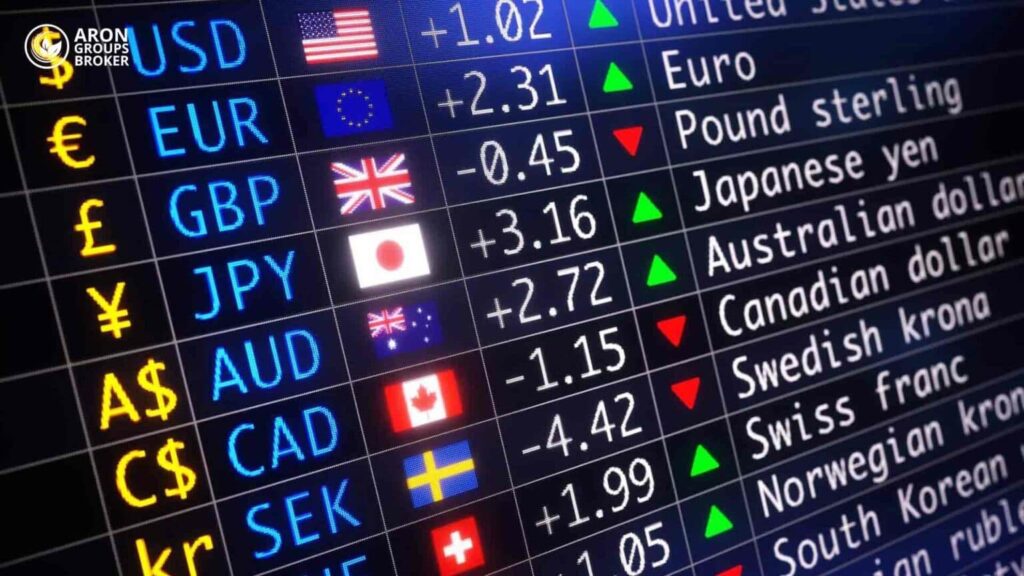
How Do Brokers Profit from the Spread?
Forex brokers have several revenue streams, and the spread is one of their primary sources of income. Brokers profit from each trade by adding a small markup (often tenths of a pip) to the underlying buy and sell price. Even if a trader breaks even or incurs a loss on a trade, the broker has already collected its revenue via the spread.
- Market Maker Accounts. In Market Maker accounts, this profit is collected directly. The broker acts as the counterparty to your trade and executes it at their own set spread. Consequently, the broker’s profit on every trade is guaranteed.
- ECN Accounts. In contrast, in ECN accounts, the broker acts as an intermediary. They source prices from liquidity providers and pass them directly to the trader without adding a markup to the spread. The primary revenue in this account type comes from charging a commission per lot traded.
The key point is that for brokers to offer more competitive spreads, they must connect with a larger pool of liquidity providers. The more sources of liquidity, the closer the prices are to the true market rate and the tighter the spreads will be. Consequently, competition among brokers for clients often results in offers of very low or even zero spreads. However, traders must ensure that order execution quality and the absence of slippage are maintained alongside these low spreads.


In certain high-liquidity conditions, the spread between the Bid and Ask can momentarily turn negative for milliseconds. This is an extremely rare arbitrage opportunity, exploitable only through prime accounts with high-speed execution capabilities.
Which Brokers Offer the Lowest Spreads?
Selecting a low-spread broker is one of the most critical decisions when entering the Forex market. Many brokers claim to offer low or even zero spreads, but in practice, differences exist that can only be identified through careful scrutiny. The primary criterion in this selection is the broker’s pricing model.
Brokers utilizing the ECN model typically offer the lowest possible spreads due to their direct connection to liquidity providers. However, in these types of accounts, a fixed commission is typically charged per lot traded.
To remain competitive in attracting clients, some internationally recognized brokers, such as Aron Groups, offer accounts with very low or even near-zero spreads. These accounts are particularly ideal for scalpers, algorithmic traders, and high-volume traders. However, order execution quality, platform speed, technical support, and financial transparency must be evaluated alongside the spread.
A point many traders overlook is that some brokers suddenly widen their spreads during specific market conditions, especially during economic news releases or at the opening and closing of market sessions.

Lowest Gold Spreads Among Brokers
Gold is one of the most popular assets in the Forex market, but its spread is typically wider compared to currency pairs. This is due to its high volatility and different liquidity structure. In standard accounts, the spread on gold (XAU/USD) can range from 20 to 50 cents (pips), which can erode a significant portion of potential profits in short-term trading.
However, some brokers offer accounts with tight spreads on XAU/USD, specifically for professional traders. In these accounts, the spread on gold can be as low as 10 cents. These conditions are typically available in ECN accounts that charge a separate commission. Brokers with direct connections to major liquidity providers can offer more optimized pricing and, consequently, tighter spreads.
Beyond the spread, factors such as order execution speed, slippage, and server stability must also be evaluated, as gold is often traded under high-risk, volatile conditions. Traders looking to trade gold should select a broker that not only offers low spreads but also provides deep market depth, transparent data, and real-time analysis. Otherwise, a low spread can be nullified by poor execution quality.

Spread Indicators for MetaTrader
The MetaTrader platform does not display the spread by default, but this shortcoming can be remedied by adding specialized indicators. A spread indicator is an important tool for traders who want to make more precise decisions about market entry and exit. These indicators display the current spread for any instrument directly on the chart in real-time. Many versions also show the high and low spread for the period.
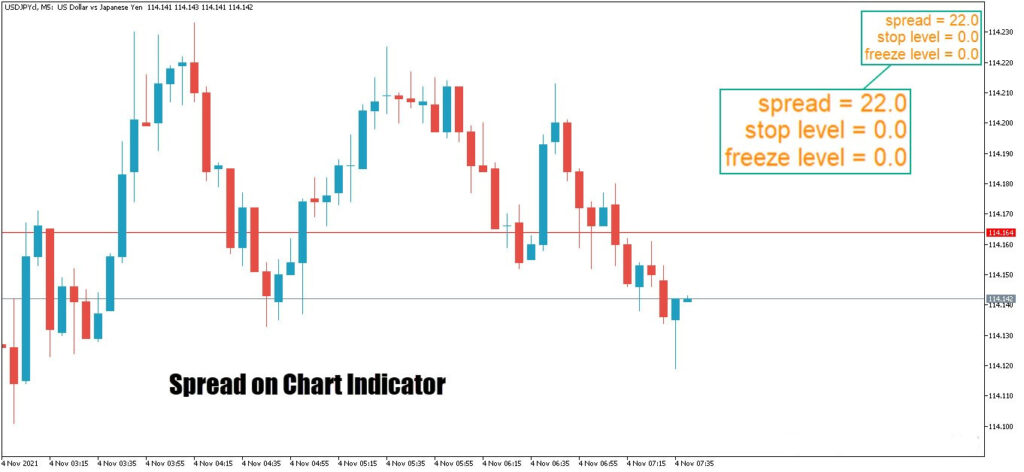
Various spread indicators are available for MetaTrader 4 (MT4) and MetaTrader 5 (MT5), which can be easily downloaded from reputable sources and installed. Some versions include audio or text alerts for sudden spread widening. This feature is crucial for scalpers and time-sensitive traders, as even a few seconds’ delay in identifying a spread change can lead to a loss.
More advanced versions of these indicators can also integrate with other market data. For instance, some versions display the spread alongside the candle close time and trading volume. Installing these indicators helps traders stay aware of hidden volatility and subtle market shifts, allowing them to make better trading decisions.
The Impact of Market Timing on Spread Changes
The spread in the Forex market is a function of trading volume and liquidity conditions. Both of these factors are directly dependent on the trading sessions.
During the session overlap of two major markets, such as the London and New York sessions, trading volume peaks, and spreads fall to their minimum levels. However, during quiet market hours, such as the late overnight session (GMT), spreads widen.
Fluctuations in the spread are also common during market openings. Notably, at the start of the trading week (Sunday night GMT), spreads widen temporarily until liquidity stabilizes. Novice traders may overlook these changes and enter trades within the first few minutes while the spread is several times its normal level.
A precise understanding of volatile and quiet market hours allows a trader to enter trades at the most optimal times and minimize spread-related costs. Using market session indicators, combining them with a spread indicator, and maintaining strict discipline regarding timing are key to the success of a trading system.

Conclusion
If you previously viewed the spread as just a simple number in your trade terminal, you now understand that this small figure can make a significant difference in your trading results. The spread is where the broker’s profit is secured, and your own profit or loss threshold is set.
Selecting a broker with competitive spreads, understanding peak liquidity hours, and choosing a spread type that aligns with your strategy are all factors that can pave your way toward more professional trading. Successful Forex trading is not limited to technical and fundamental analysis; a precise understanding of key concepts like the spread is what differentiates an amateur trader from an intelligent one.












